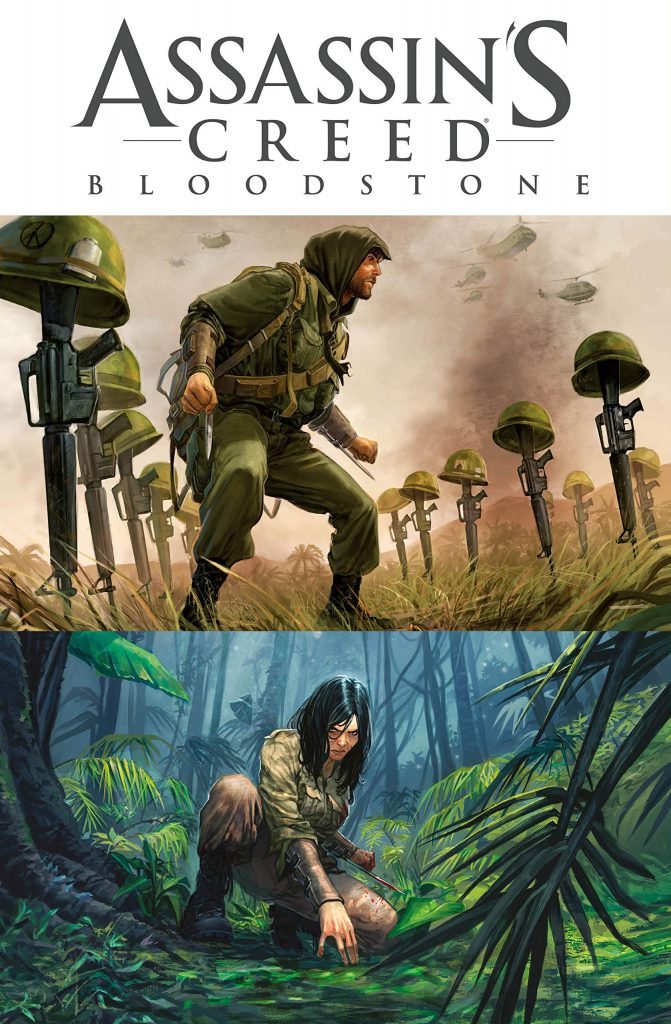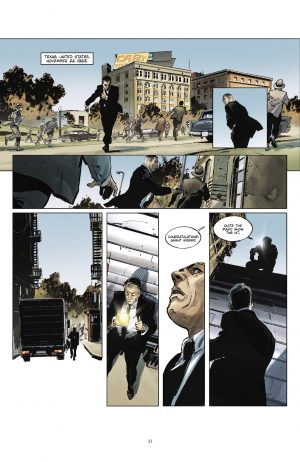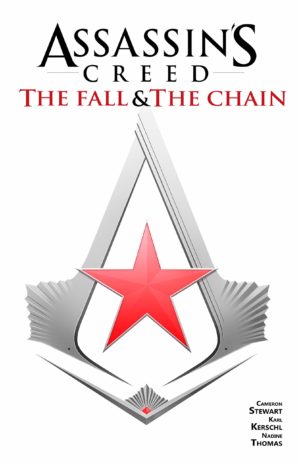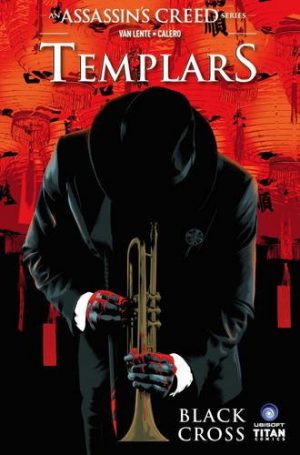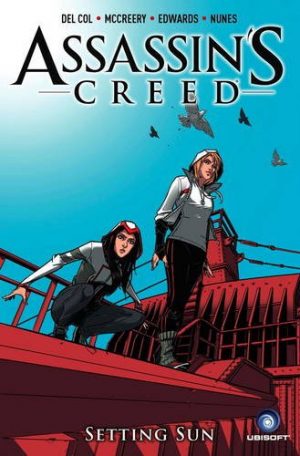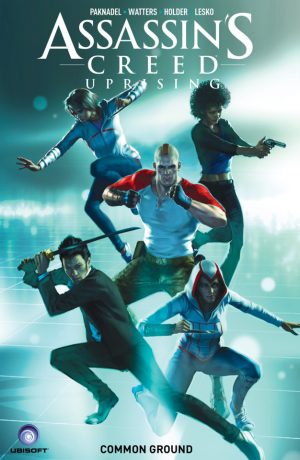Review by Ian Keogh
Bloodstone combines the two previously released paperbacks of the same title into one hardcover matching the format of Guillaume Dorison’s previous Assassin’s Creed outing Conspiracies. This cleverly ties into Conspiracies, but is the better story.
Over much of the book the lead character is Tomo Sakagawa, who’s grown up with a hatred of the Templars after seeing his mother murdered by them when a child. By his early twenties he’s an immensely capable hacker, and has traced a clue to the person he believes killed his parents. A mysterious young woman is being treated under an alias at an exclusive Swiss clinic that seems to be carrying out research beyond the treatment. Once past Tomo’s confidence at being able to pass himself off as a doctor with a few faked online implants, Dorrison moves the plot along tensely.
Contributing heavily to this being a superior Assassin’s Creed graphic novel is the textured art of Ennio Bufi, yet another in the seemingly endless line of European artists able to draw anything and draw it well. Whether the story demands action in Vietnam during the early 1960s or the present day, Bufi delivers it competently and thrillingly. His one shortcoming is being unable to distinguish between members of the cast well enough. Too many are generic, with Tomo’s being half-Japanese not really apparent from the illustrations.
Dorison’s plot doesn’t rely as heavily as other Assassin’s Creed graphic novels on someone experiencing the past life of their ancestor, which may be off-putting as it’s the central premise of the games, but he provides the full thrill ride in the present day. His replacement premise is the fight for the technology enabling visits to the past, with ideological clashes between various Assassin cells gradually coming to the forefront along with the hope of resurrecting people from the past.
The connection with Conspiracies is dropped in surprisingly, and Dorison keeps the suspense high all the way to a finish that could have done with a couple more pages. What’s here seems rushed. Still, this reads better combined than separately, which confirms Bloodstone’s status as the best Assassin’s Creed graphic novel to date.
